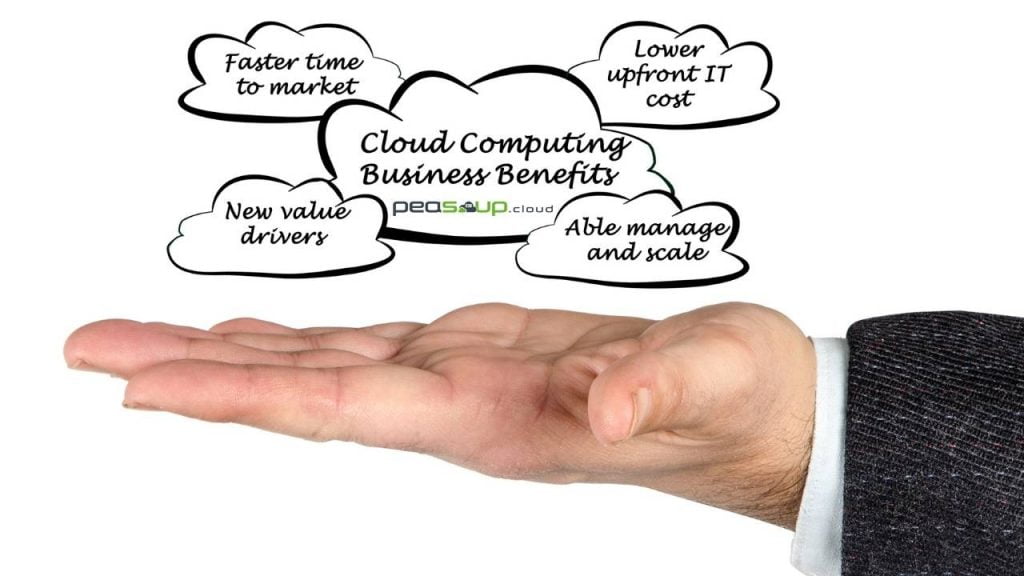Economic benefits of cloud computing
The environmental benefits of cloud computing are well known. That is what has been given more weight when rooting for this amazing technology. In this article, we present the economic benefits of cloud computing.
Resource pooling
National Institute of Standards and Technology (NIST) in its definition of cloud computing identifies the sharing aspect of this technology where it describes it as a model that enables convenient, on-demand access to a shared pool of computing services. With cloud computing as spelt out by NIST networks, storage, servers, applications, and other services are made available to a large pool of users. This arrangement provides economies of scale bringing potential cost savings to the users and industry at large. As an essential component of cloud computing, resource pooling allows the provider to serve several users using the multi-tenant model. Here, different resources, both physical and virtual are assigned and reassigned based on the needs of the customers. Importantly, shared aggregation of resources that are aimed at meeting the direct needs of a customer means that costs are borne collectively leading to individual savings.
Buying in bulk
The fact that service providers aim at serving multiple users means that they buy computing resources in large quantities. By purchasing computer resources in bulk at lower costs, cloud providers save their customers a substantial amount of money.
Capital costs
Also, through the utilisation of shared resources, the customers avoid significant capital costs that may come with purchasing of own infrastructure. Studies have demonstrated that when it is implemented well, the cloud model has the potential to reduce not just the capital costs but also the operations and maintenance expenses of the IT infrastructure. With such savings, the funds which would have otherwise been channelled for these purposes can be injected into other areas of the business.
Global reach
Substantial savings are also brought by the global reach of the cloud. The fact that servers do not need to be housed on-premises, means they can be located and accessed just anywhere around the globe. With that businesses can reduce labour costs. The IT teams do not need to devote themselves to a full-time basis. They can be hired only when needed. Also, the fact that they can work remotely means that firms that are located in places where the cost of hiring labour is high can outsource quality but affordable skills from labour-surplus areas. These firms can enjoy reduced costs while maintaining the same standards.
Beyond the potential cost savings benefits, a business that utilises cloud computing can deploy applications faster, ramping up computing power and storage. With IT agility, a business will respond to market changes and customer demands effectively leading to faster growth.
Faster deployment of projects
With cloud computation bringing up servers is a matter of minutes. This in essence significantly reduces the time needed to deploy the application. With such, projects can be up and running within a short period. This mechanism also helps in fostering innovations as it provides the ability to come up with new configurations faster and easily without necessarily waiting and paying for each new one.
Cloud computing provides significant economic benefits to the business. However, for these benefits to be realised, a business should aim at properly deploying the technology.




